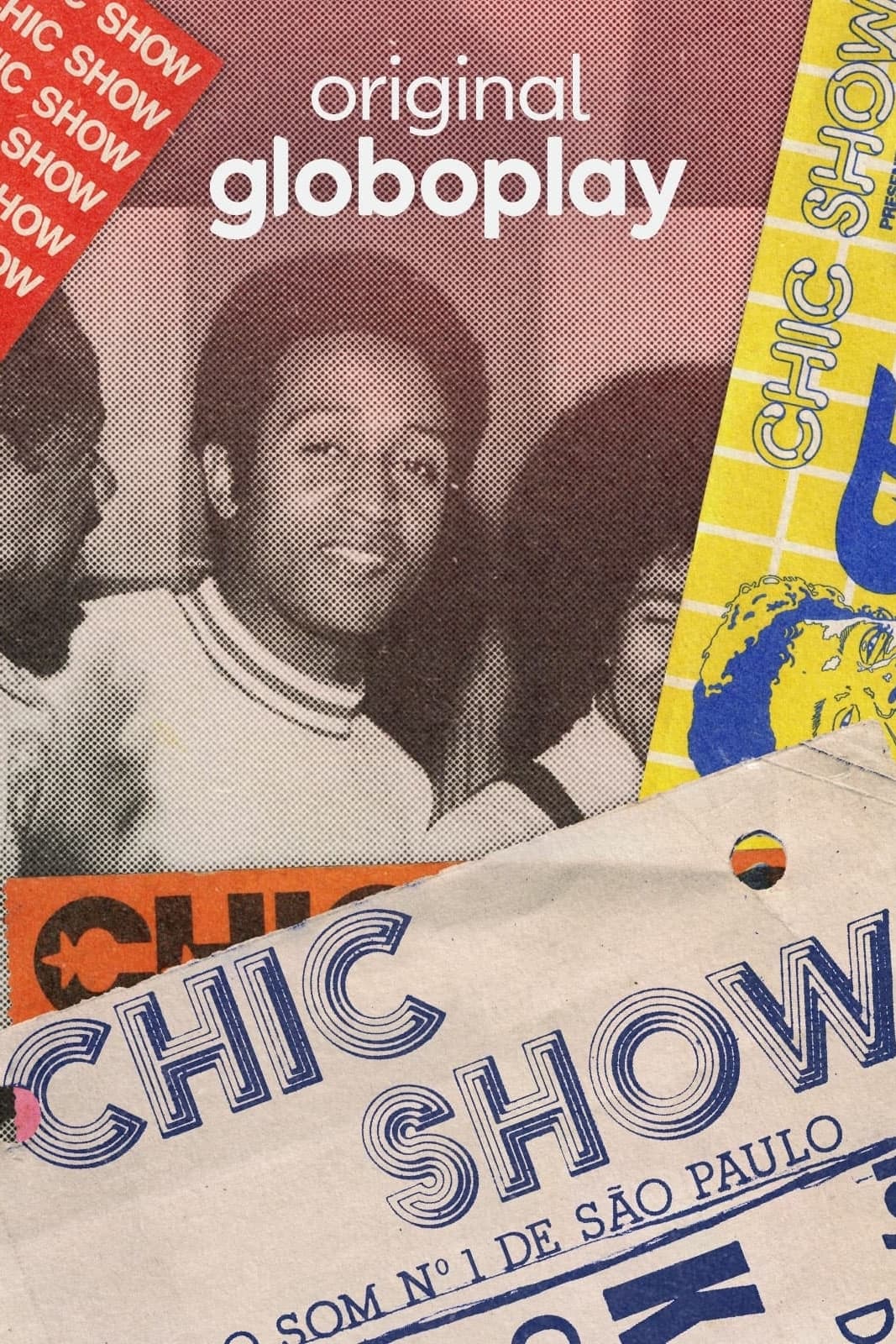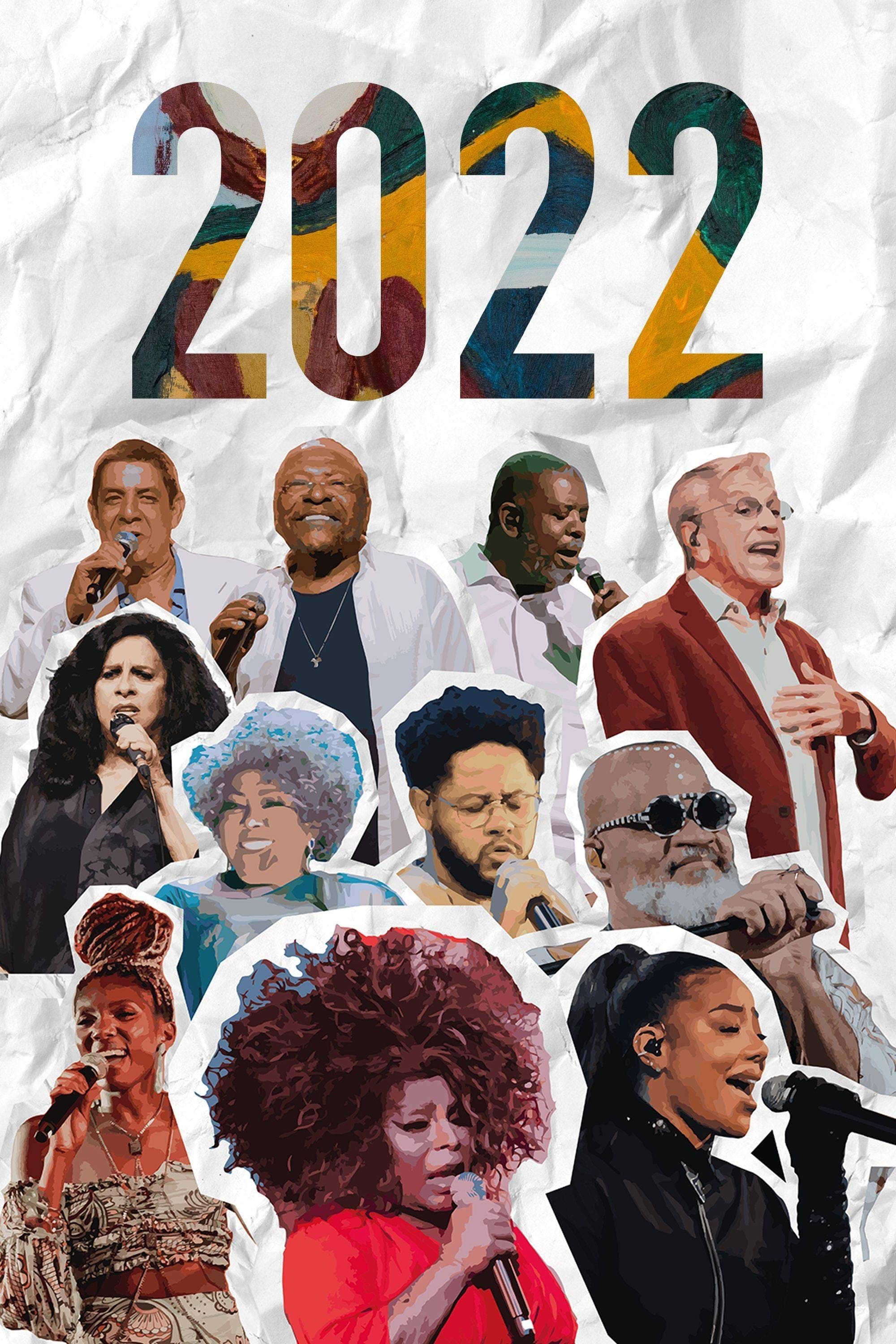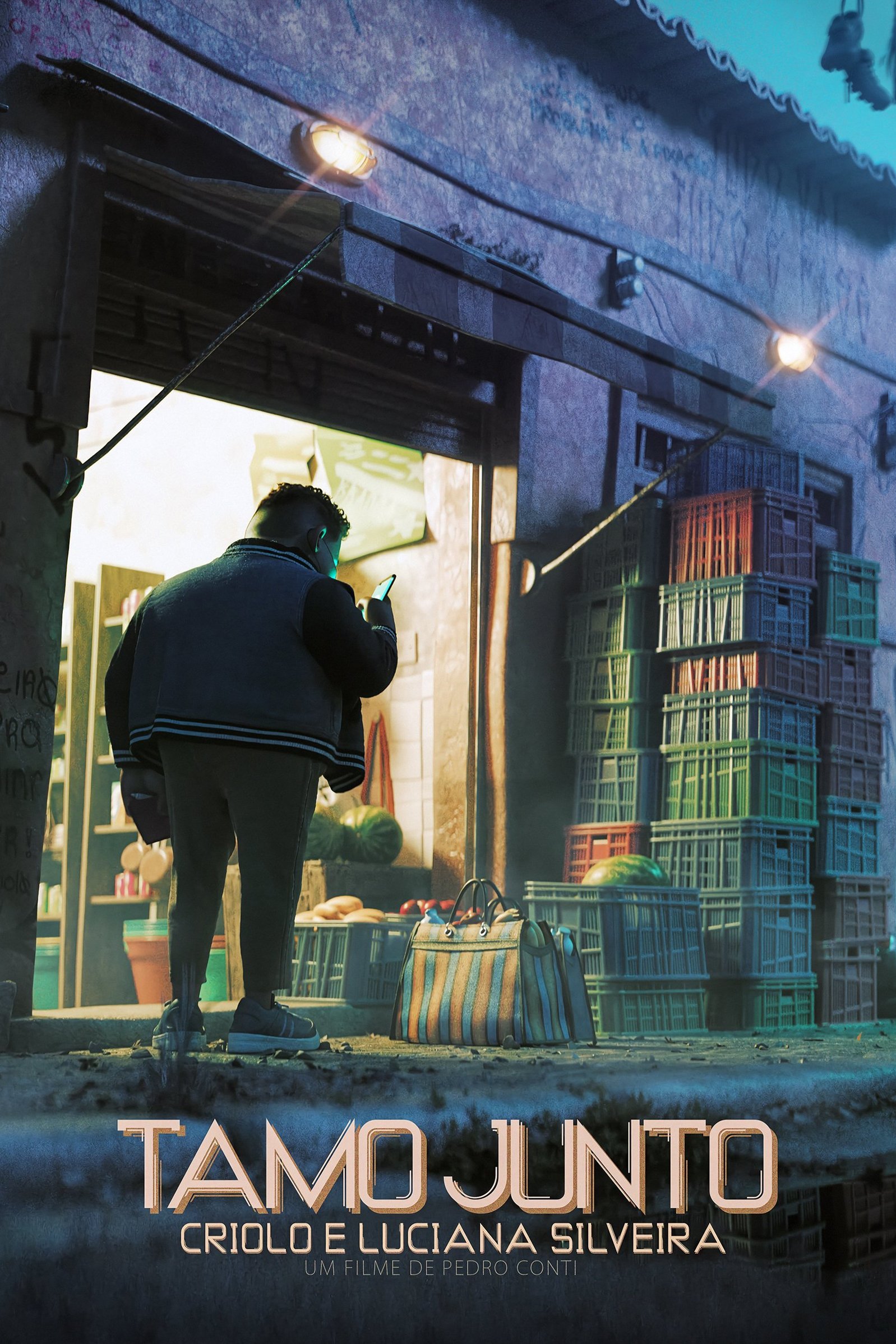
Overview
Known for
Acting
Gender
Other
Birthday
Aug 17, 1985 (40 years old)
Emicida
Known For

5 Episodes
TV Show
2021
O Enigma da Energia Escura

1h 39m
Movie
2021
Emicida: AmarElo – Ao Vivo
To the beat of his avant-garde and eclectic rhythms, Brazilian...
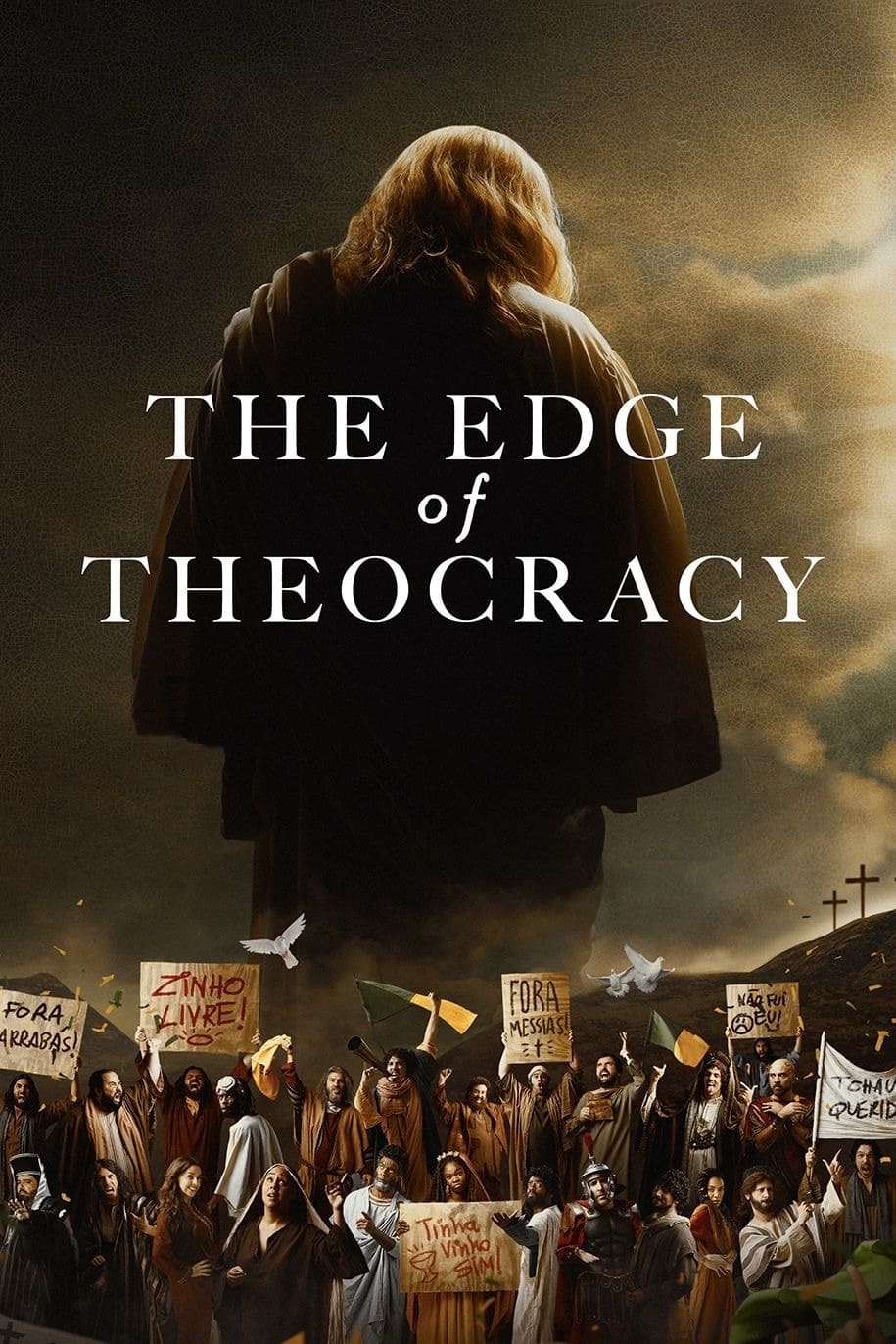
51min
Movie
2020
The Edge of Theocracy
Jesus life and work goes through rumors, conspiracies, injuries, friendship...
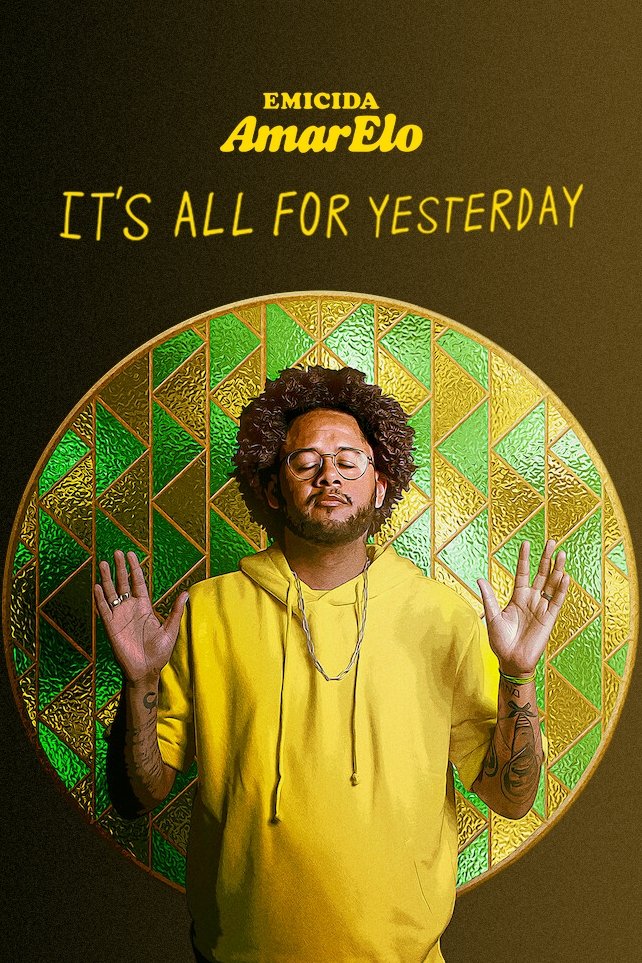
1h 29m
Movie
2020
Emicida: AmarElo - It's All for Yesterday
Between scenes from his concert in São Paulo's oft-inaccessible Theatro...

27min
Movie
2020
Minha Bateria Está Fraca e Está Ficando Tarde
As the Sars-Covid 19 pandemic increased, Rubiane Maia was in...
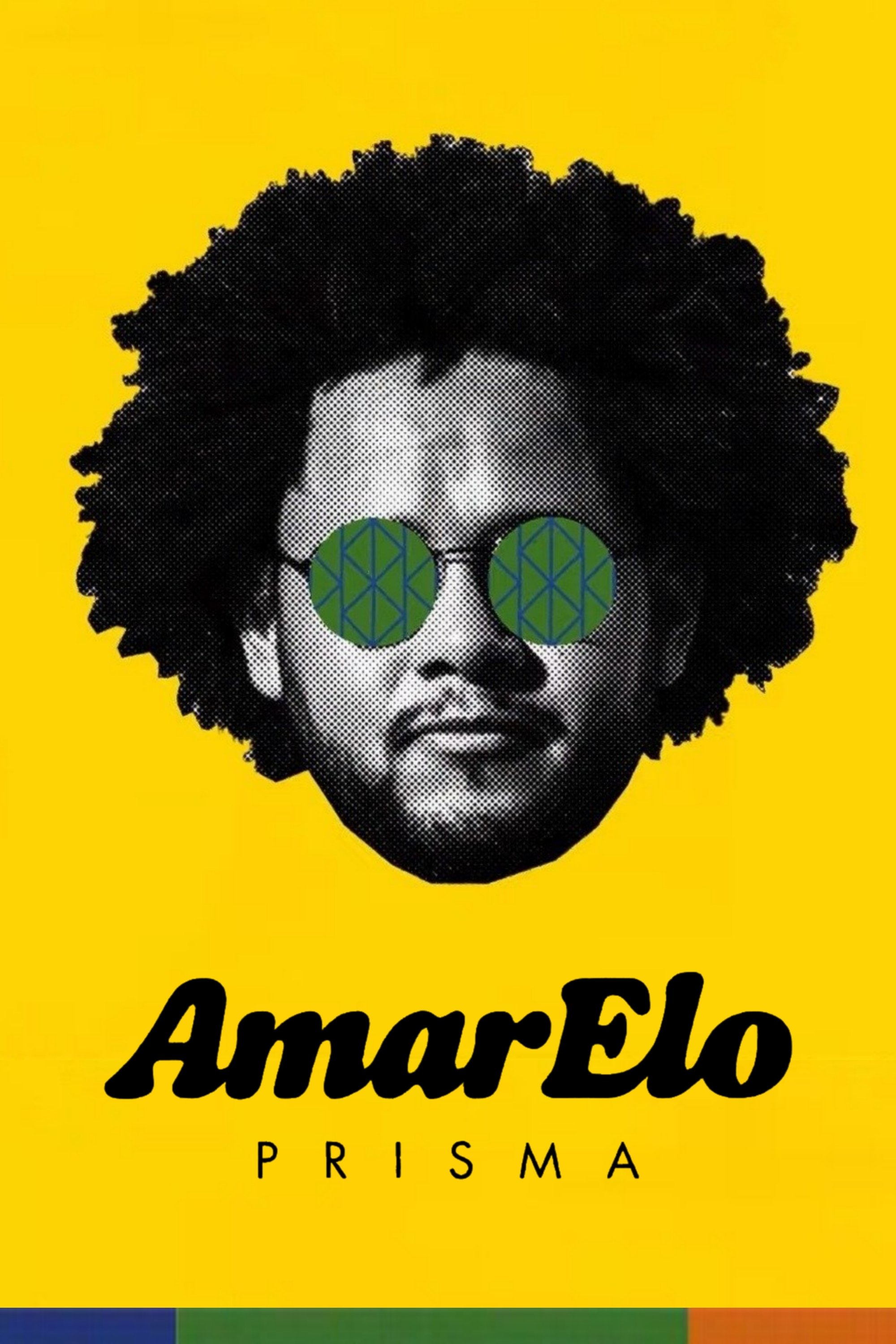
1 Episode
TV Show
2020
AmarElo Prisma
Acting
2023
Chic Show
2022
Executive Order
2022
2022
2021
Together
2021
O Enigma da Energia Escura
2021
Emicida: AmarElo – Ao Vivo
2020
The Edge of Theocracy
2020
Emicida: AmarElo - It's All for Yesterday
2020
Minha Bateria Está Fraca e Está Ficando Tarde
2020
AmarElo Prisma
2020
De Cabral a George Floyd: Onde Arde o Fogo Sagrado da Liberdade
2018
Emicida: 10 Anos de Triunfo - Ao vivo
2016
Sobre Noiz
2014
Educação.doc
2014
Eu Sou a Maré Viva
2013
Criolo & Emicida - Ao Vivo
